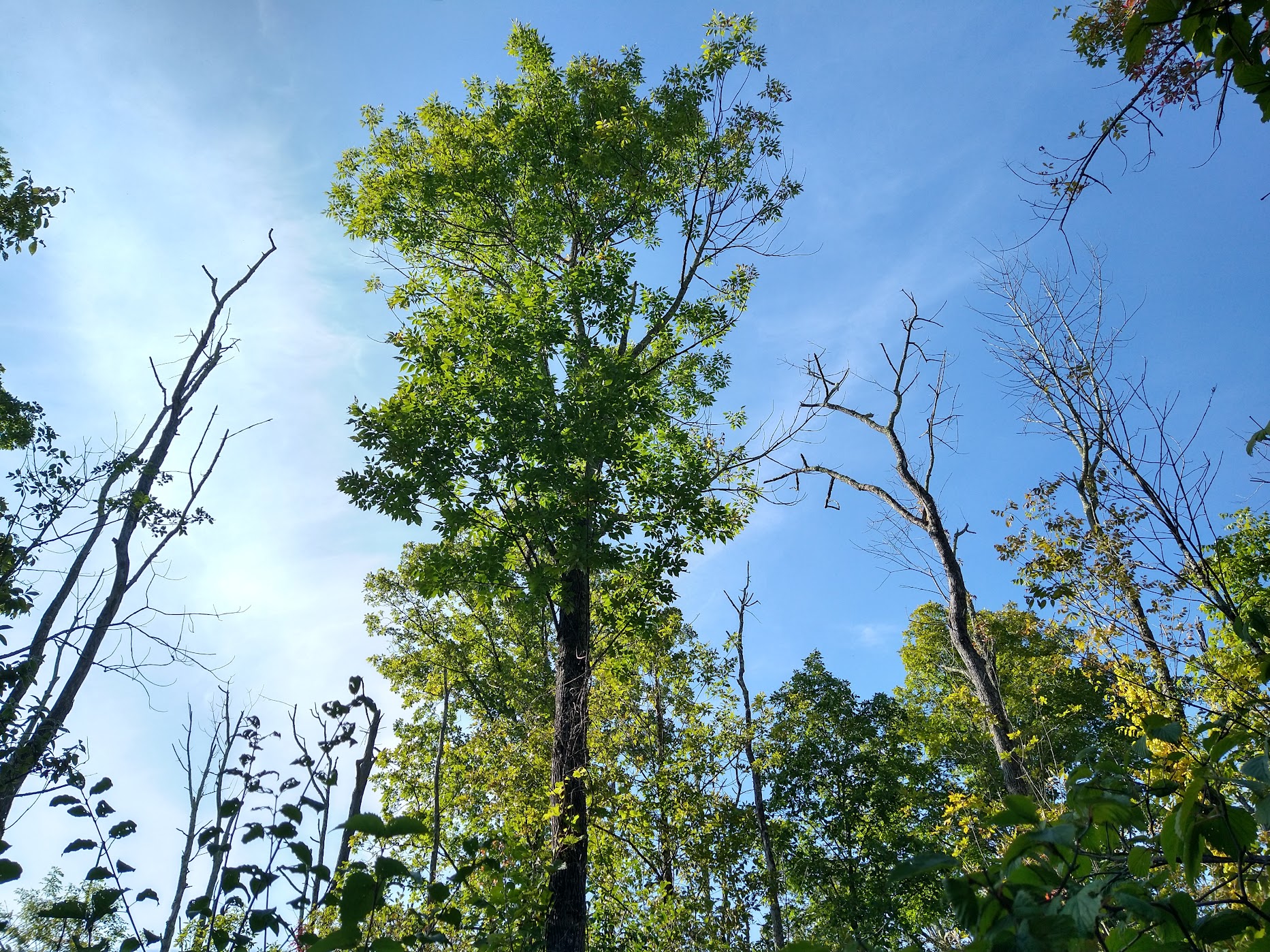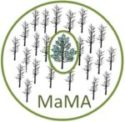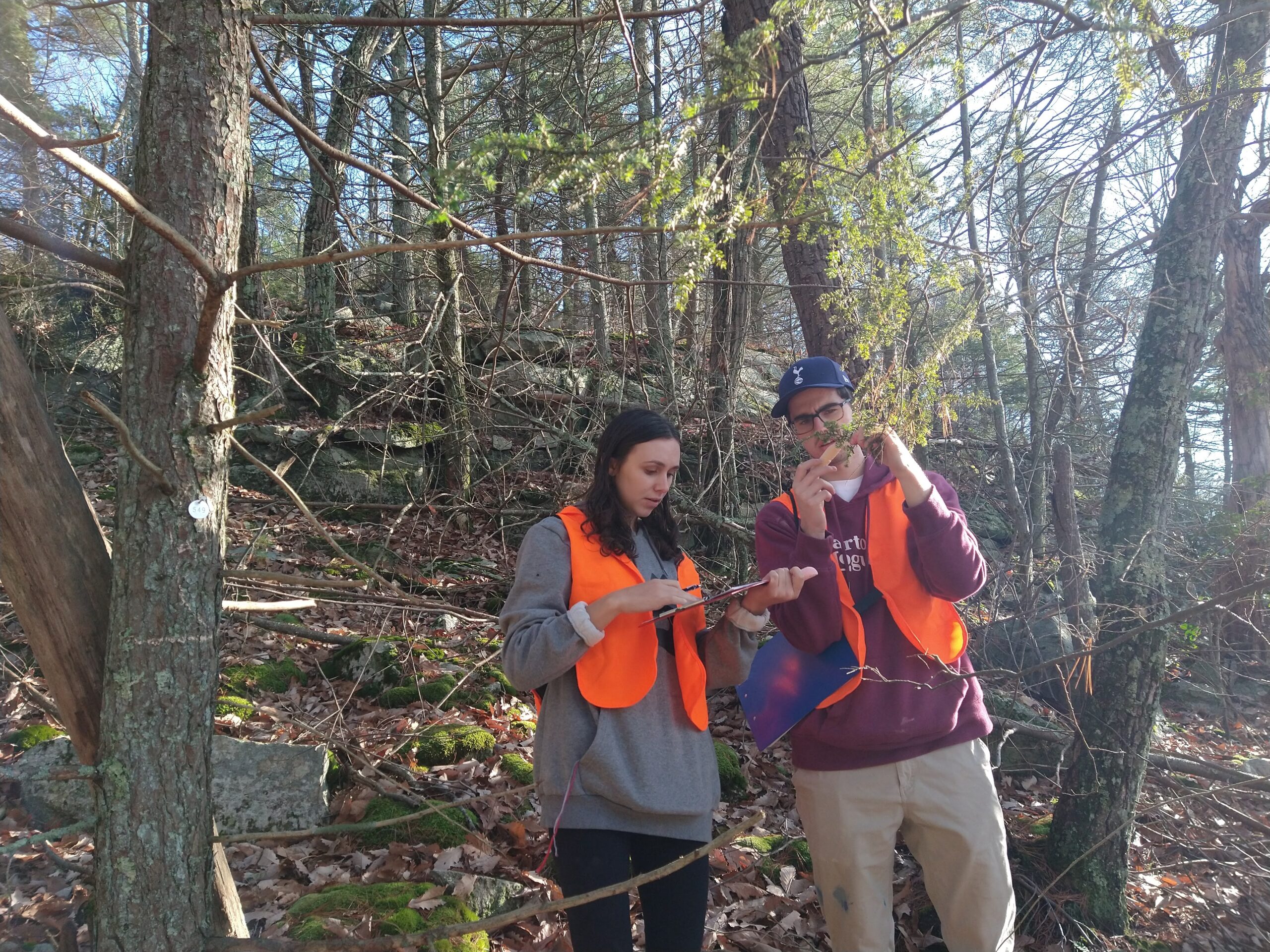Exhibition at the Museum of the White Mountains: June 1 – September 14, 2024
To access the online version of this exhibition, please visit the Museum of White Mountains site HERE.
“The exhibition will explore the past, present, and future of Indigenous basketry in the White Mountains region. As a museum about a place, our exhibitions seek to present stories about the people, plants, and animals of our region. In this case, we will be exploring the intersection between Indigenous basketry, brown ash trees, and the Emerald Ash Borer.
Since the glaciers receded 12,000 years ago and the temperate forest grew up behind them, Indigenous peoples have called this region Ndakina, home. Over many generations, they developed reciprocal relationships with the land, water, plants, and animals. This exhibition explores one of those relationships – one that they developed with the brown ash tree. This species is featured in one of the Wabanaki creation stories. Baskets woven from these splints were central to daily life. The unique structure of the growth rings makes it possible to pound the rings apart into flexible splints. This millennia–old relationship is now threatened by the emerald ash borer, an invasive insect that has devastated ash trees across the Upper Midwest and much of the Northeast. While the threat to this cultural knowledge is real, all is not lost. Current research has begun to offer approaches to preserve and protect ash trees. The approaches to ash preservation we highlight in this exhibition are critical to the survival of the species.”
This exhibition was curated by Meghan C. Doherty.




